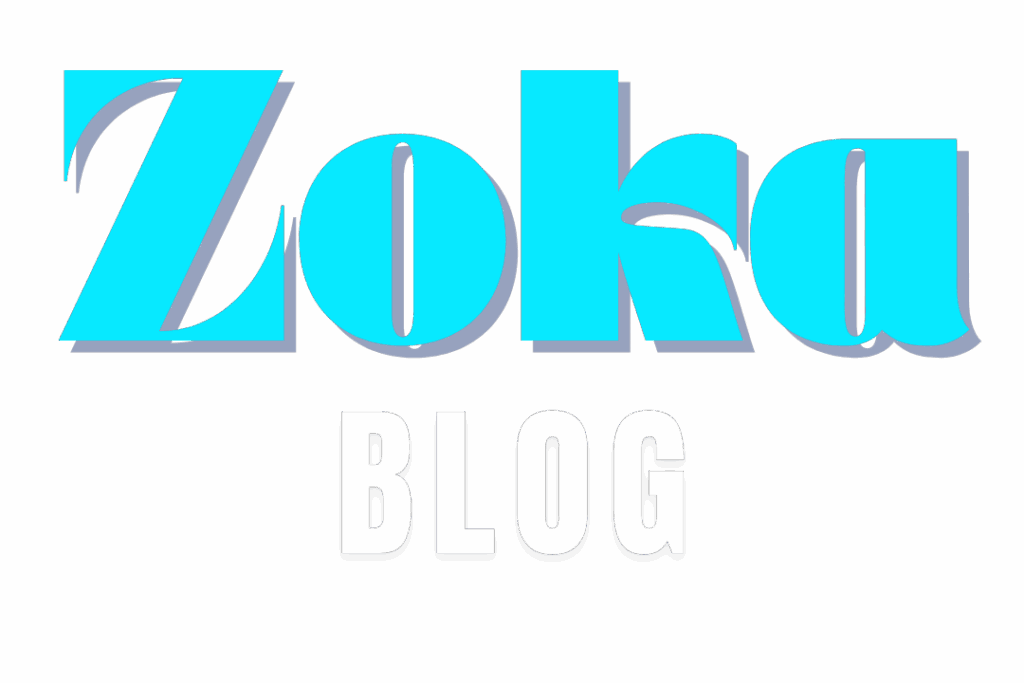Úrokové sazby jsou nedílnou součástí finančního světa a mají významný vliv na finanční rozhodnutí jednotlivců i firem. Tyto sazby, které jsou stanovovány centrálními bankami, mají přímý dopad na ceny úvěrů, hypoték a spořicích účtů. Proto je klíčové porozumět jejich pohybu pro efektivní správu vašich finančních prostředků.
V poslední době jsme byli svědky výrazných změn v úrokových sazbách, které ovlivnily mnohé české domácnosti a podniky. Náhlý růst či pokles úrokových sazeb může mít značné důsledky pro celé hospodářství. Je tedy nezbytné sledovat tyto změny a pochopit jejich potenciální dopady na osobní finance.
Jak se tedy zorientovat v problematice úrokových sazeb? Je důležité chápat, jak se tyto sazby vytvářejí a jaké faktory na ně působí. V tomto článku se zaměříme na současné trendy, co můžeme očekávat v budoucnu, a jak se na tyto změny co nejlépe připravit.
Porozumění Úrokovým Sazbám a Jejich Vlivu
Úrokové sazby představují zásadní prvek, který ovlivňuje dynamiku národní ekonomiky. Když rostou, úvěry se prodražují, což vede ke snížení spotřeby a investic. Naopak, nízké sazby podporují půjčování, což přináší větší aktivitu na trhu. Tento mechanismus hraje klíčovou roli v řízení ekonomického cyklu.
V České republice má rozhodující vliv na úrokové sazby Česká národní banka. Ta je nastavuje jako součást měnové politiky s cílem udržet cenovou stabilitu. Výše sazeb následně ovlivňuje komerční banky, které upravují nabídky půjček a spořicích produktů.
Stanovení sazeb není jednoduchý proces a zahrnuje sledování řady ekonomických ukazatelů. Mezi nejdůležitější faktory patří inflace, růst HDP nebo situace na trzích. Bankéři a investoři sledují rozhodnutí ČNB s cílem správně nastavit své strategie.
Hlavní Typy Úrokových Sazeb
Existuje více druhů sazeb, z nichž každý má jiný dopad na finanční prostředí. Mezi klíčové patří sazba z vkladů, PRIBOR a sazba hypoték. Tyto sazby určují podmínky pro půjčky, úspory i mezibankovní trh, a ovlivňují chování spotřebitelů i firem.
Vkladová sazba ovlivňuje výnos, který získáte na spořicím účtu. Čím vyšší sazba, tím výhodnější spoření. Banky často mění tyto sazby podle vývoje základní sazby od ČNB. To činí z vkladových sazeb důležitý nástroj konkurenčního boje.
PRIBOR, tedy pražská mezibankovní sazba, slouží jako měřítko pro úvěry mezi bankami. Její výše se promítá do hypoték a dalších produktů pro běžné klienty. Je tedy zásadní ukazatel pro dlouhodobé i krátkodobé finanční rozhodování.
Výhody a Nevýhody Různých Úrokových Sazeb
Pevné úrokové sazby přinášejí stabilitu, neboť výše splátek se během doby nemění. To je výhodné pro klienty, kteří si chtějí zajistit předvídatelné náklady. Nevýhodou však bývá vyšší sazba v porovnání s pohyblivou variantou v době nízkých sazeb.
Pohyblivé sazby bývají zpočátku nižší, což z nich dělá atraktivní volbu. Jejich výše se ale může měnit v závislosti na trhu. Tím pádem klient riskuje, že v budoucnu zaplatí víc, pokud dojde ke zvýšení základních sazeb centrální banky.
Volba mezi pevnou a pohyblivou sazbou závisí na ochotě nést riziko. Některé domácnosti volí jistotu, jiné preferují nižší počáteční náklady. Klíčem je zvážit dlouhodobé důsledky a přizpůsobit výběr osobnímu finančnímu plánu.
Faktory Ovlivňující Úrokové Sazby
Vývoj úrokových sazeb je ovlivněn řadou ekonomických faktorů. Patří sem zejména inflace, hospodářský růst a měnová politika. Tyto prvky se vzájemně ovlivňují a společně určují, zda sazby porostou, zůstanou stabilní, nebo klesnou.
Inflace je jedním z nejsilnějších faktorů ovlivňujících sazby. Při jejím růstu se často zvyšují úrokové sazby, aby se zmírnily inflační tlaky. Když inflace klesá, může ČNB rozhodnout o snížení sazeb s cílem podpořit ekonomiku.
Rovněž vývoj hospodářského cyklu hraje roli. V období růstu je tlak na vyšší sazby, v recesi naopak bývá prostor pro jejich snížení. Pravidelné sledování těchto ukazatelů je nezbytné pro správné nastavení měnové politiky.
Závěr
Při rozhodování ohledně úrokových sazeb je důležité zvážit vlastní finanční situaci a cíle. Pokud hledáte stabilitu, pevné sazby mohou být pro vás nejlepší volbou. Pro ty, kteří mají rádi riziko a očekávají pokles úroků, mohou být výhodnější pohyblivé sazby.
Moudré sledování aktuálních trendů a pravidelná analýza vašich finančních možností vám může pomoci maximalizovat zisky z vašich investic a minimalizovat náklady na úvěry. Dále je klíčové být připraven reagovat na možné změny v ekonomickém prostředí.
Zavedení těchto strategií a informací do praxe vám poskytne silnější kontrolu nad vašimi financemi a umožní lepší přizpůsobení k těmto dynamickým podmínkám na trhu úrokových sazeb. Berte v úvahu všechny dostupné možnosti a vybírejte s rozmyslem.
